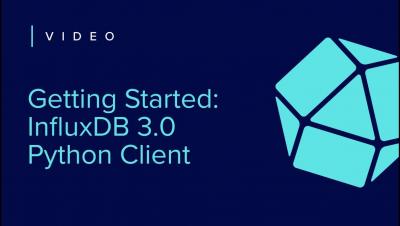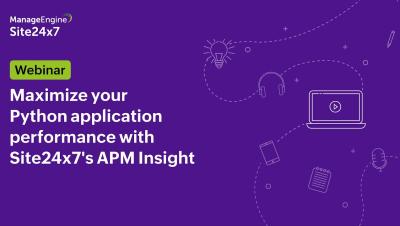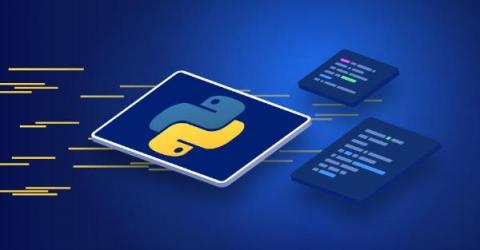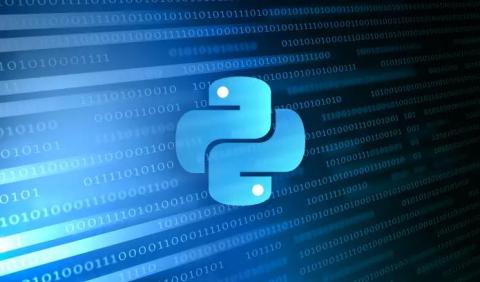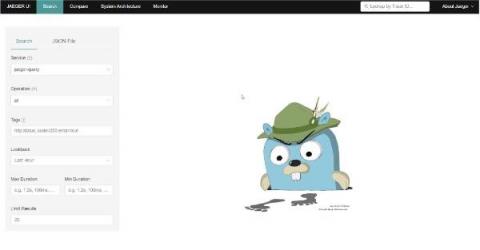Operations | Monitoring | ITSM | DevOps | Cloud
Python
How to monitor your Python app performance with Site24x7
Client Library Deep Dive: Python (Part 2)
Okay, we are back for Part 2! Last time we discussed the new community Python library for InfluxDB 3.0. Let’s talk about a bolt-on application that uses the client library as the core of its development, the InfluxDB 3.0 Python CLI.
Client Library Deep Dive: Python (Part 1)
Community Client libraries are back with InfluxDB 3.0. If you would like an overview of each client library then I highly recommend checking out Anais’s blog on their status. In this two-part blog series, we do a deep dive into the new Python Client Library and CLI. By the end, you should have a good understanding of the current features, how the internals work, and my future ideas for both projects.
Python Logging Best Practices: The Ultimate Guide
Python is a highly skilled language with a large developer community, which is essential in data science, machine learning, embedded applications, and back-end web and cloud applications. And logging is critical to understanding software behavior in Python. Once logs are in place, log monitoring can be utilized to make sense of what is happening in the software. Python includes several logging libraries that create and direct logs to their assigned targets.
How To Perform Dynamic Code Instrumentation in a Python Application
Code instrumentation is an essential practice in modern software development. Not only does it aid in debugging, it ultimately impacts the MTTR (Mean Time to Resolve) for software running in production. With changing software architectures and deployment patterns over the years, approaches to code instrumentation have also undergone a significant shift.
An Introduction to Using OpenTelemetry & Python Together
This post was written by Mercy Kibet, a full-stack developer with a knack for learning and writing about new and intriguing tech stacks. In today’s digital world, software applications are becoming increasingly complex and distributed, making it more challenging than ever to diagnose and troubleshoot issues when they arise.
A Guide to Working with the Dateutil Module in Python
Python is a highly versatile language. From software engineering to machine learning and data analysis, it’s everywhere. As a multipurpose scripting and programming language, it’s often utilized for manipulating and working with data. So, when you’re working with Python, whether you’re analyzing data or writing scripts, you’re likely to encounter dates and time stamps.
10 Best Practices When Logging in Python
In the eternal hunt for elusive bugs, logging is an indispensable aid. By recording the events and messages that occur during the execution of your program, logging opens the door to unparalleled debugging and performance monitoring capabilities. It all starts with Python’s built-in logging module. However, the true power of Python logging is unlocked not merely by using it, but by mastering it.


